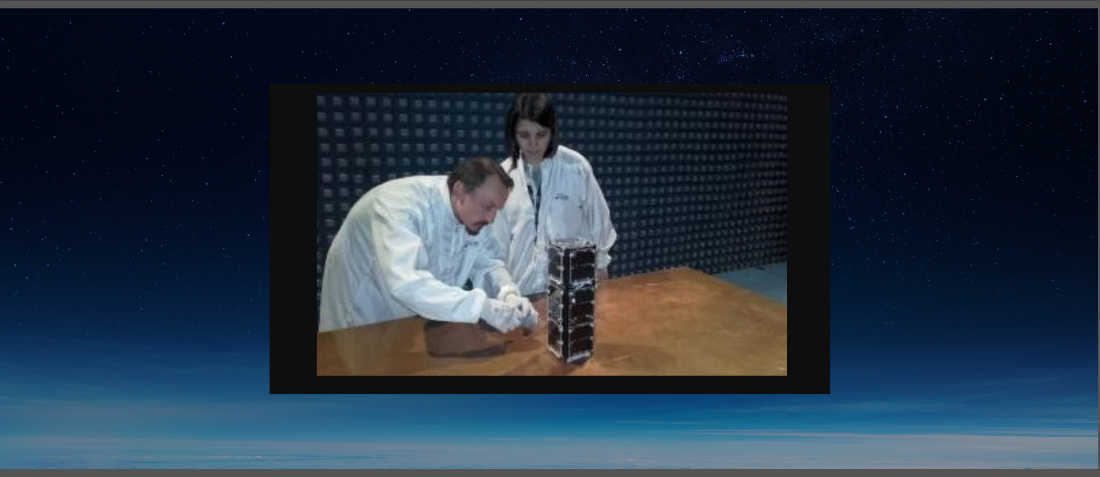
Equipment testing approach for New Space
- Posted by Eladio Montoya Redondo
- On July 2, 2021
- 0
New Space companies frequently limit equipment testing to the strict minimum requirements of the launcher:
- The structural model (SM) is tested in SRS and vibration
- Proto-flight model (PFM) is tested in EMC/EMI, vibration, and TVAC.
Lower level testing (subsystem, equipment, component) is frequently avoided, and this quality is given for granted. While this testing plan may be suitable for demonstration missions, we believe that commercial missions will need a deeper quality assessment shortly. We propose that for commercial (not demonstration) missions, the following testing guidelines should be applied:
- Design your hardware to get the highest test observability: include sensors and ports that may monitor the variables that allow a full diagnosis of the equipment.
- Include spare units for the testing campaigns
- Do not limit the testing to the launcher’s requirements but the mission requirements.
- Include radiation test at component/system level when needed, since typical TID for a 3-year LEO mission is 10-20 kRad.
- Include HALT tests for the SM.
- Engage a third-party certification scheme. In the following paragraph, we develop on this matter.
Third-party certification scheme
The traditional space sector is not a serial manufacturing industry, but New Space is when the constellation of tens of satellites is involved. All related serial manufacturing sectors (automotive, electronics, aeronautics, military…) use third-party certification schemes, and small satellite constellations should not be an exception. Full testing of each unit can be too expensive when manufacturing tens of satellites. Therefore, the generally adopted strategy is to fully qualify the first unit and ensure that the AIV process is stable. This scheme helps build confidence among stakeholders of a space mission (investors, clients, insurance).
To do this, the owner of the constellation, who is not necessarily a space specialist, can engage a third independent party. The task of this third-party certifier is to ensure that:
- the “first model” meets all needed quality requirements through testing, documentation, analysis, similarity, etc.
- the configuration of the design is updated, complete and no inconsistencies exist
- the supply chain is robust: all suppliers have qualified processes and quality management systems, and there are at least two qualified suppliers for each part number.
- All assembly and integration processes are correctly documented and followed.
- Testing procedures are followed, and testing equipment is calibrated.
This third-party certification is renewed annually after an audit process that reviews all these mentioned points.
ALTER is a certifying entity in several fields related to electronics manufacturing and is now entering the New Space sector.
SMALL SATELLITES
Small Sats Testing
ALTER works the New Space through the Small Sats testing, improving your time to market and at a lower cost.
Product Assurance Plan for Small Sats
GET IN TOUCH TODAY!
Have questions? Contact us
- Static Magnetic Field test for flight equipment and GSE - August 7, 2024
- Equipment testing approach for New Space - July 2, 2021

0 comments on Equipment testing approach for New Space